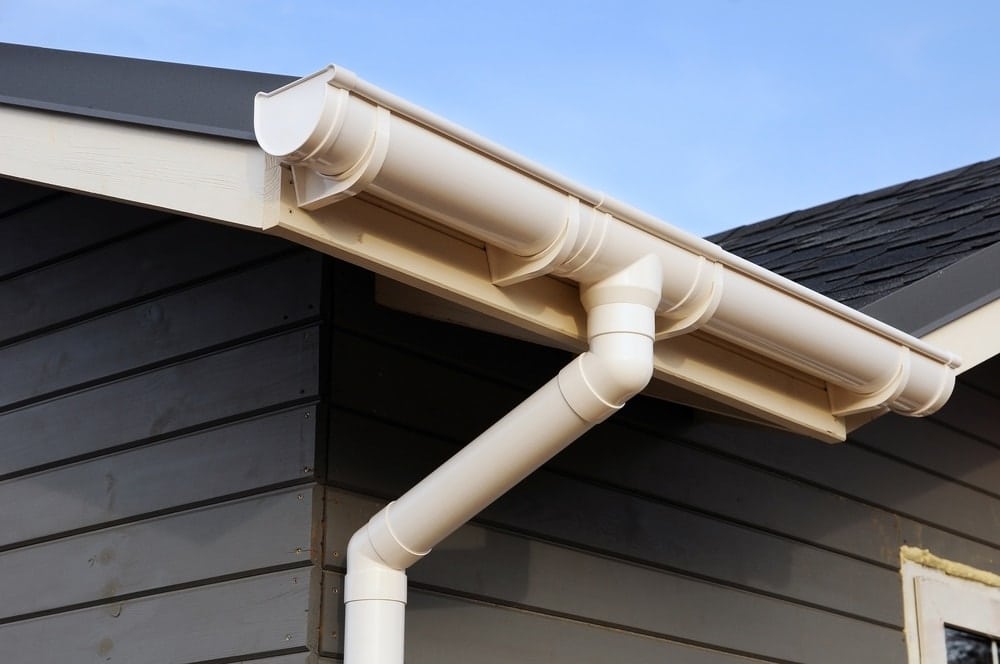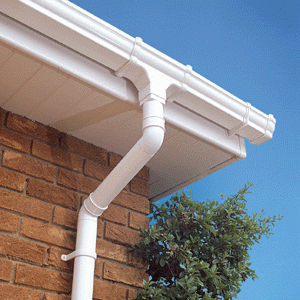
Guttering Experts
Add a review FollowOverview
-
Founded Date August 14, 1992
-
Sectors Education
-
Posted Jobs 0
-
Viewed 61
Company Description
10 Meetups On Commercial Gutters You Should Attend
Understanding Commercial Gutters: Importance, Types, and Maintenance FAQs
When it concerns protecting commercial structures from the aspects, one vital part is often neglected: gutters. Commercial gutters might not be as glamorous as other aspects of a building’s design, however they play an essential function in avoiding water damage, maintaining structural integrity, and promoting a healthy environment. This short article delves into the value, types, and maintenance of commercial gutters, while also resolving often asked questions about their installation and upkeep.

The Importance of Commercial Gutters
-
Water Management: The main purpose of gutters is to direct rainwater away from the building’s foundation. Without an efficient gutter system, water can pool around the base, leading to flooding and structural damage.
-
Avoiding Erosion: Gutters protect the landscaping around a commercial residential or commercial property. By managing the flow of water, they avoid soil disintegration, maintaining not just the looks but also the performance of the landscaped locations.
-
Mold and Mildew Prevention: Standing water creates an environment favorable to mold and mildew growth, which can penetrate the structure. This can result in major health problems for occupants and might need expensive removal.
-
Enhancing Durability: An effectively installed gutter system helps to extend the life of a commercial structure by alleviating the wear and tear that excessive water can trigger to roofing systems and walls.
-
Insurance coverage Benefits: Some insurance plan might provide lower premiums for homes equipped with efficient drainage solutions, including gutters. This can result in significant long-lasting cost savings for homeowner.
Types of Commercial Gutters
Picking the right type of Gutter maintenance system is essential for optimizing water management in any commercial setting. Below are some typical kinds of commercial gutters:
| Type of Gutter | Description | Pros | Cons |
|---|---|---|---|
| K-Style Gutters | Flat bottom and shaped like the letter “K.” | Large capacity, aesthetic appeal | Can be more difficult to clean up |
| Half-Round Gutters | Semi-circular shape. | Minimal particles accumulation | Less volume capacity |
| Box Gutters | Rectangular or square gutters frequently concealed in the roof. | High volume capacity | Expensive installation |
| Seamless Gutters | Constant lengths without any joints or joints. | Reduced leak capacity | Requires professional installation |
| Conductors | Pipelines that carry water from the gutter to the ground or drain. | Essential for appropriate drainage | Obstructions can happen |
Factors to Consider When Choosing Gutters
When picking gutters for a commercial structure, think about the following factors:
- Roof Size and Pitch: Larger and steeper roofing systems may require systems with greater holding capabilities.
- Environment: Areas susceptible to heavy rains or snowfall may benefit from more resilient systems.
- Looks: The design ought to match the structure’s architecture.
- Maintenance Needs: Consider how easily the system can be kept.
Maintenance of Commercial Gutters
Routine maintenance of commercial gutters is crucial for ensuring their durability and effectiveness. Here are some preventive steps and maintenance tips:
Regular Cleaning
- Frequency: Clean gutters at least twice a year, ideally in spring and fall.
- Particles Removal: Remove leaves, twigs, and any other debris that can block drainage.
Inspection
- Bi-Annual Checks: Inspect gutters for sagging, rusting, or damage.
- Examine Seals: Ensure that seals are undamaged to avoid leaks.
Repairs
- Trigger Repairs: Address any leaks, cracks, or rust areas immediately to avoid bigger concerns down the roadway.
- Professional Services: Hiring professionals for repairs can save time and ensure high-quality work.
Downspouts Maintenance
- Clear Blockages: Check downspouts for clogs and clear them as needed.
- Correct Positioning: Make sure downspouts direct water at least 3-4 feet away from the structure’s structure.
Regularly Asked Questions (FAQs)
Q1: How often should I clean my commercial gutters?
A1: It is advised to clean gutters at least two times a year. Nevertheless, if your structure is surrounded by trees or experiences heavy storms, more regular cleaning might be necessary.
Q2: What are the indications that my gutters need changing?
A2: Look for indications such as rust, cracks, sagging, or visible damage. If gutters are not directing water far from the building effectively, it may be time for a replacement.
Q3: Can I install gutters myself, or should I hire a professional?
A3: While DIY installation is possible, employing a professional ensures that the gutters are installed correctly, reducing the risk of leakages and other issues.
Q4: What’s the expense of setting up commercial gutters?
A4: The expense can vary commonly depending upon materials, constructing size, and installation complexities. Generally, commercial gutter installation can vary from ₤ 5 to ₤ 25 per linear foot.
Q5: What product is best for commercial gutters?
A5: Common materials consist of aluminum, copper, galvanized steel, and vinyl. The choice depends on the structure’s design, expected life expectancy, and local climate conditions.

Q6: Will my organization insurance cover gutter maintenance?
A6: Some insurance plan might cover water damage due to ignored gutters, although coverage for routine maintenance might not be included. Constantly talk to your insurance service provider for specifics.
In conclusion, commercial gutters play a crucial role in safeguarding buildings from water damage, mold, and other structural issues. Understanding the types of gutters readily available, preserving them, and understanding typical questions surrounding their usage can help property owners make notified choices. By focusing on an effective gutter system, businesses can safeguard their investments and guarantee a safe and healthy working environment.
